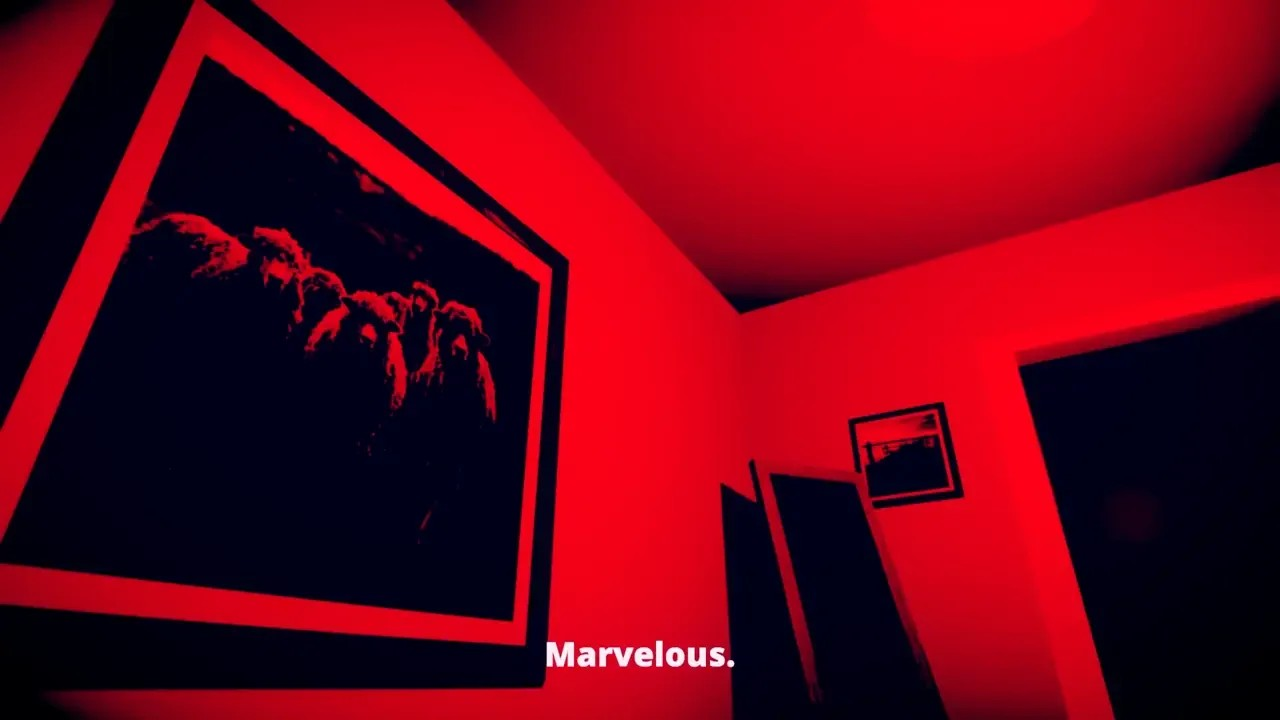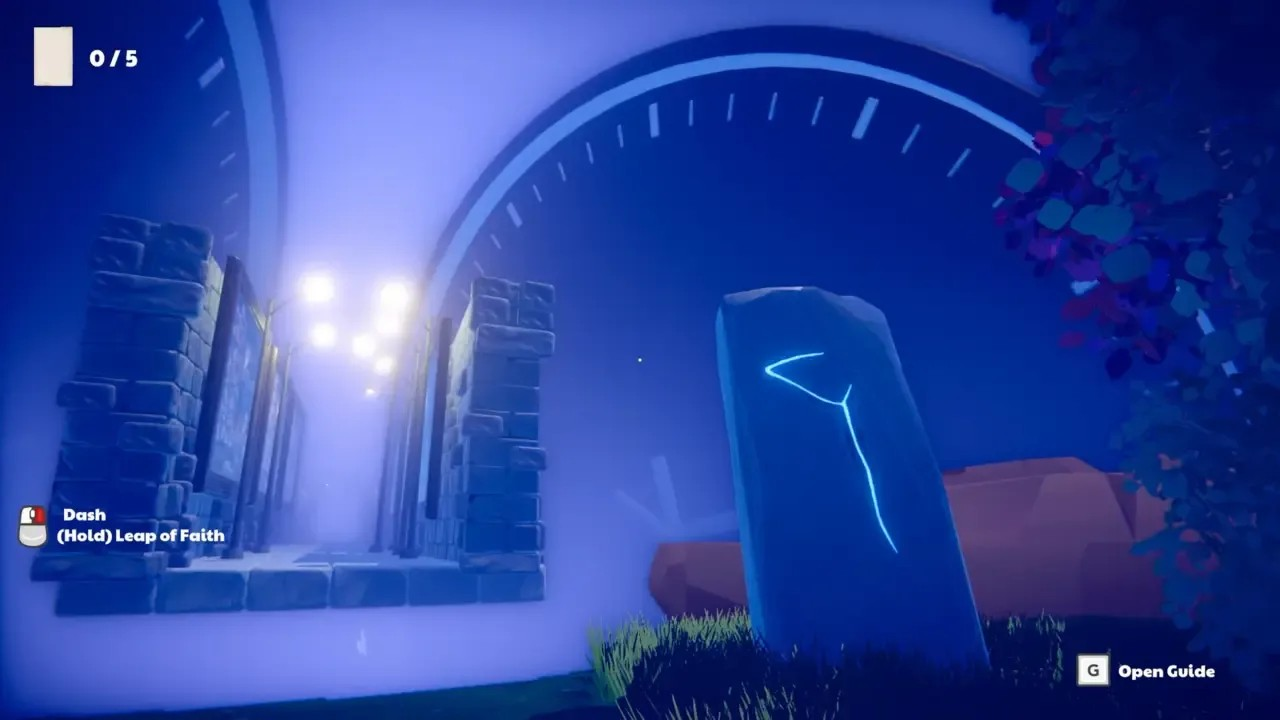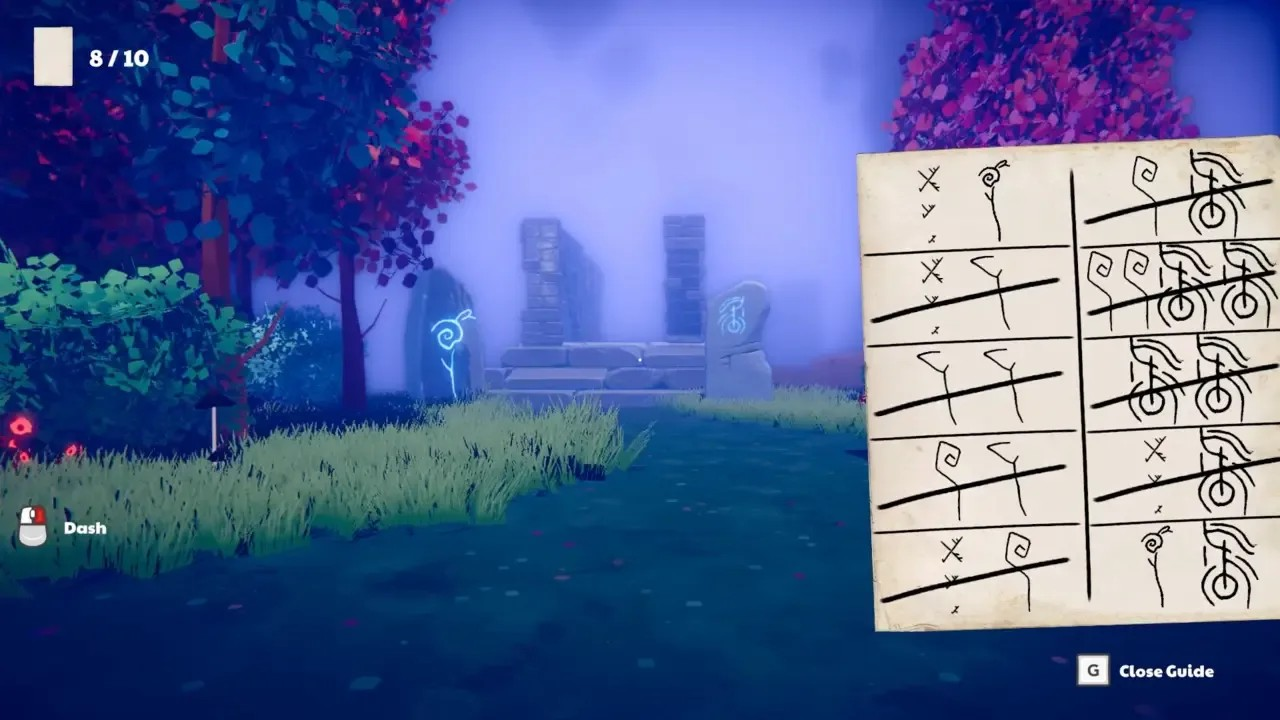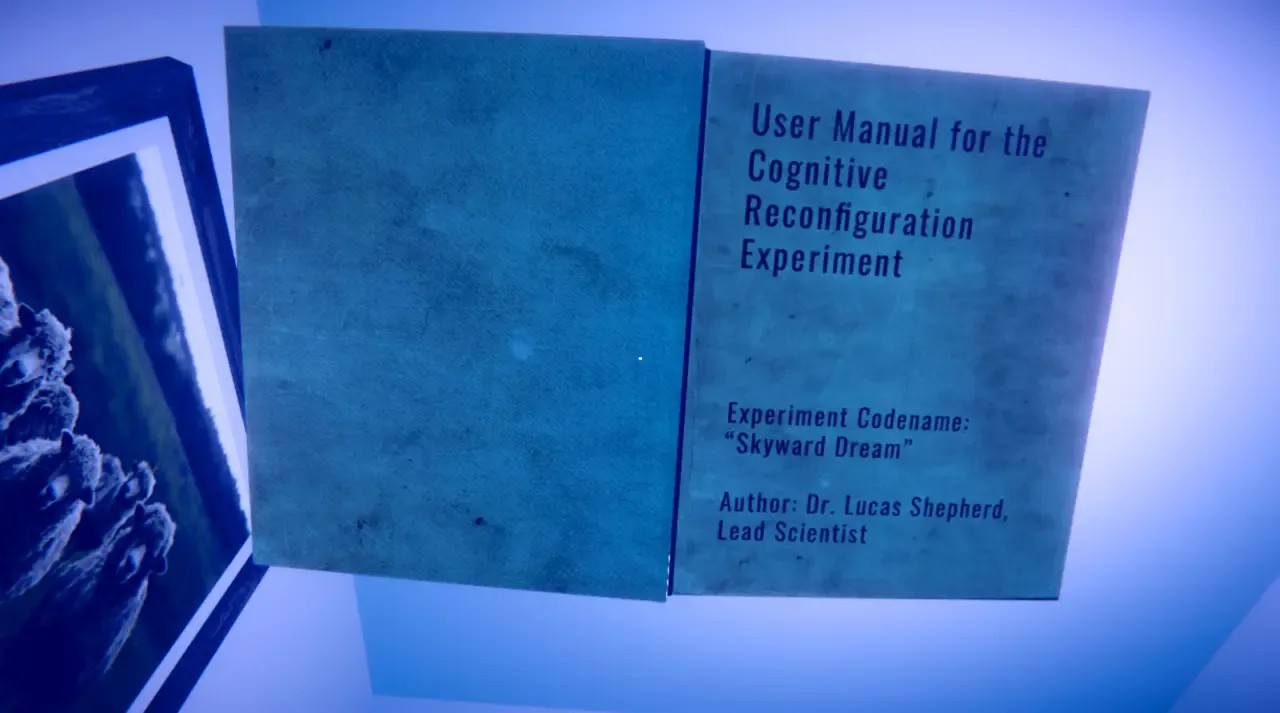If the unanswerable world of sleep is a universe that interests you, Skyward Dream may just tempt your fancy. First-person platforming is combined with parkour lite mechanics to create a dream delving experience that’s both minimalist and relatively lukewarm. It’s shorter than my own dreams (owing to how I can never remember them), clocking in at about an hour.
As such, you’ll get from it about as much as you’d expect from a condensed indie title like this. Does the platforming and parkour mesh well enough to make this subconscious voyage of exploration worth the effort? Shut your eyes, take a deep breath, and let’s reach into the depths of the Skyward Dream together.
The Recess Of The Mind
Skyward Dream sets out with an intriguing concept. Our voiceless protagonist is wrangling with inner demons and worldly stressors, damaging their subconscious. We’re therefore placed into an experiment of sorts that involves delving right into the undelvable to uncover the problems that torment our sleep-afflicted avatar. There’s a little dialogue between levels and some brief exposition that relies on a lot of psychological jargon.
Is it interesting? To an extent, yes. It quickly fades into background noise and the supposedly unnerving inner voice that often interjects comes across like a bad AI reading at times, however. For those quite involved in psychology, there’s some neat concepts. Unfortunately, it’s not exactly compelling or deep in and of itself. The writing is mixed, with some on-the-nose notes about inner worries or insecurities. However, I did find some of it a little more engaging.
Given the short runtime, it’s hard to really criticise it too much. What’s here is okay and relatively fine, albeit I wasn’t particularly bothered come the end point. Despite the surreal imagery and level design, Skyward Dream is more of a mundane lucid dream than the kind of off-the-wall nightmares it seems to initially point towards.

Counting Sheep? Stars? Jumps
How’s that parkour and puzzling then? Given this is a dream world we’re exploring, there’s lots of opportunity for creative gauntlets and wacky level design alike, right? Again, yes and no. The majority of Skyward Dream is jumping between platforms, sometimes they move, sometimes they elevate, sometimes they’re fast. Occasionally you’ll do a bit of wall-running, but it’s mostly running and pinpoint aiming your jumps.
If you were hoping for a Mirror’s Edge style of momentum and leaps of Faith (pun intended), then you’d be barking up the wrong dream. Mechanically, it works relatively soundly, though hitting the revolving barriers for wall-running can be… clumsy, at times. There’s a lack of that finer touch of precision which did wrangle my night terrors fairly often too.
Despite being just an hour long, I was finding myself tired with the longer chains of runs you have to do. One mistake means doing it again, and for the most part, difficultly or skill isn’t the main barrier, it’s patience. Maybe there’s something profound about exploring dreams requiring patience that felled me, but I can’t say it was a worthwhile compromise if so.

Sleep of Faith
Over the course of the five short levels, you’ll be bouncing around to collect a total of 35 notes. That’s right, it’s a collectathon. Personally, I didn’t mind this approach, it keeps things streamlined and simple. The layout of the levels can be rather confusing, especially in later ones when new notes are added but in new parts of the same levels without a prompt. Bit odd, and did make for some unnecessary backtracking.
You gain some new abilities as you progress, like a dash, a… longer dash… slowing down time and finally the ability to see hidden platforms. They add small wrinkles to the gameplay, but there’s not a whole lot of depth or complexity. Again, this is a chilled afternoon doze as opposed to a deep sleep slumber. Once everything is collected, you return to the starting platform and return to your humble bed.
Is it the greatest gameplay loop you’ve ever experienced? No. Is it worth a midnight tumble to try out? Potentially. There’s a bit of intrigue in the story and mechanically it’s serviceable enough that those with an interest in parkour or material related to sleep may take something from it. If you’re an experienced video game appreciator though, I doubt it’s worth the effort.

Nightmares Be Gone
As I touched on before, there is some interesting environmental design within Skyward Dream. Giant, obtrusive objects float as though suspended in the void of space. Perhaps that too is an allegory for the hollowness of my mind… hmm. Given the budget nature of the title, the visuals work well to sell the subconscious nature of these landscapes. I was a little underwhelmed with how it appears to hold back from punchier, more intensive imagery to sell the inner demons aspect, though.
Even so, Skyward Dream is very much in the middle ground of smaller indie games. It’s got functionally serviceable mechanics, an interesting if underdeveloped narrative idea and visuals that are creative but lacking in oomph. I like parkour games, so there’s a bit of this that’s enjoyable for that particular crowd. Otherwise, it’s a solid effort from a small developer that may hold an interest for a certain audience.
Skyward Dream is available now on PC via Steam (review platform).
Developer: Kefrost Manufacture
Publisher: Kefrost Manufacture
Disclaimer: In order to complete this review, we were provided with a promotional copy of the game. For our full review policy, please go here.
If you enjoyed this article or any more of our content, please consider our Patreon.
Make sure to follow Finger Guns on our social channels –Twitter, Facebook, Twitch, Spotify or Apple Podcasts – to keep up to date on our news, reviews and features.
